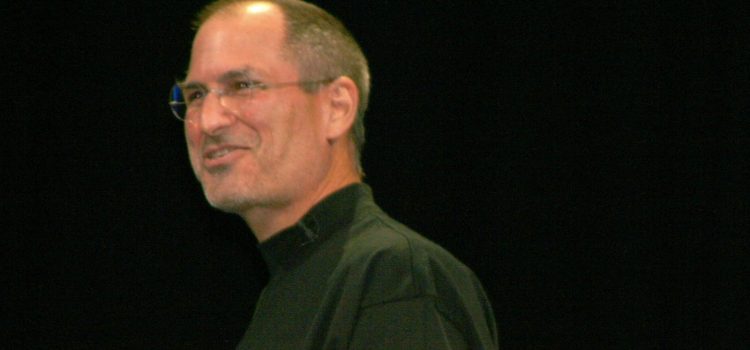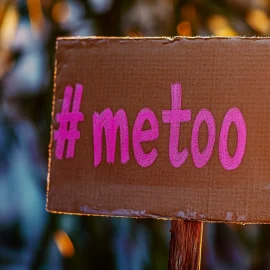

This article is an excerpt from the Shortform book guide to "Steve Jobs" by Walter Isaacson. Shortform has the world's best summaries and analyses of books you should be reading.
Like this article? Sign up for a free trial here.
Why was Steve Jobs adopted? Did Jobs ever reunite with his birth parents?
Steve Jobs by Walter Isaacson reveals Jobs’s adoption story. As a baby, Jobs was given up for adoption but he did seek his birth family when he was an adult.
Learn the fascinating story of Steve Jobs’s adoption.
Steve Jobs’s Adoption Story
Jobs would not have become who he was without the unique combination of circumstances that defined his early life. His upbringing shaped the path he would follow, from his childhood in Silicon Valley to his rebellious years in college and his fascination with electronics and design. His interest in computers led to a particular meeting of minds that would shape the future of the digital world.
On February 24, 1955, Steven Paul Jobs was born to Joanne Schieble and her boyfriend, Abdulfattah Jandali. Schieble’s parents objected to her dating a Muslim and insisted she give her child up for adoption. Steve Jobs was adopted by Paul and Clara Jobs, a couple in Palo Alto, California. Isaacson makes it clear that even though Jobs always knew he was adopted, he considered his adoptive parents to be his real parents. Because they’d chosen to give him a home while his birth parents gave him away, Jobs grew up feeling both abandoned and special.
(Shortform note: Research shows that even children adopted as infants experience separation trauma from their biological parents, which can manifest as feelings of abandonment and shame and result in behavioral problems. Studies have revealed that children heal from the separation better when their parents tell the story of their adoption. While Steve Jobs’s adoption was closed—he had no contact with or information about his biological parents—Isaacson says that Paul and Clara Jobs emphasized to him that they chose to be his parents.)
Jobs grew up in Silicon Valley, surrounded by people who worked for Hewlett-Packard, Intel, and other pioneering companies in the field of computer technology. The young Steve Jobs was fascinated by the history of the place, and early on he developed into an electronic tinkerer. Isaacson recounts that while still a high school freshman, Jobs needed help with an electrical project, so he looked up the CEO of Hewlett-Packard in the phone book and called him at home to ask for parts.
In 1980, Jobs began the search for his biological mother, now Joanne Simpson, though he didn’t reach out to her until after his adoptive mother died in 1986. When they finally met, Simpson explained the details of Jobs’s birth and adoption, while apologizing for giving him up. Jobs also discovered that he had a sister, the novelist Mona Simpson, who eventually grew to become his close friend. When Mona tracked down their biological father, Jobs was stunned to learn that he’d met him in passing at a restaurant his father had owned. Nevertheless, Isaacson says, Jobs didn’t want to meet him again as his son.
(Shortform note: Jobs’s biological sister, Mona Simpson, is a professor of English at UCLA and the author of several novels. Her award-winning debut, Anywhere but Here, is a fictionalized account of her relationship with her mother, while her later novel, A Regular Guy, is a thinly veiled depiction of Steve Jobs himself.)

———End of Preview———
Like what you just read? Read the rest of the world's best book summary and analysis of Walter Isaacson's "Steve Jobs" at Shortform.
Here's what you'll find in our full Steve Jobs summary:
- A no-fluff look into the life of Steve Jobs
- How Jobs changed the technology landscape
- What it was like to work with and for Steve Jobs






